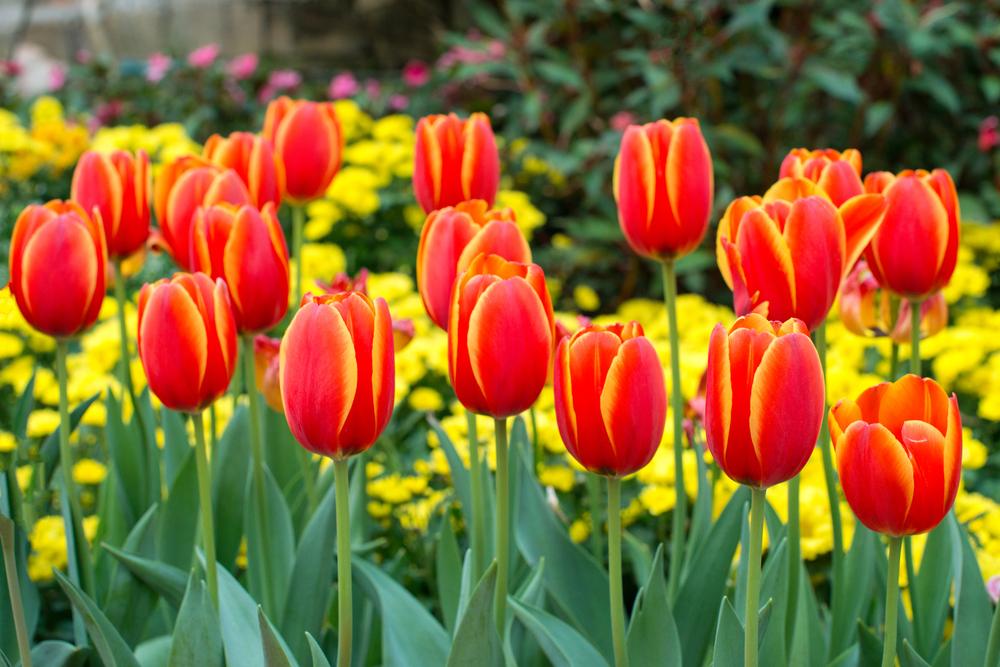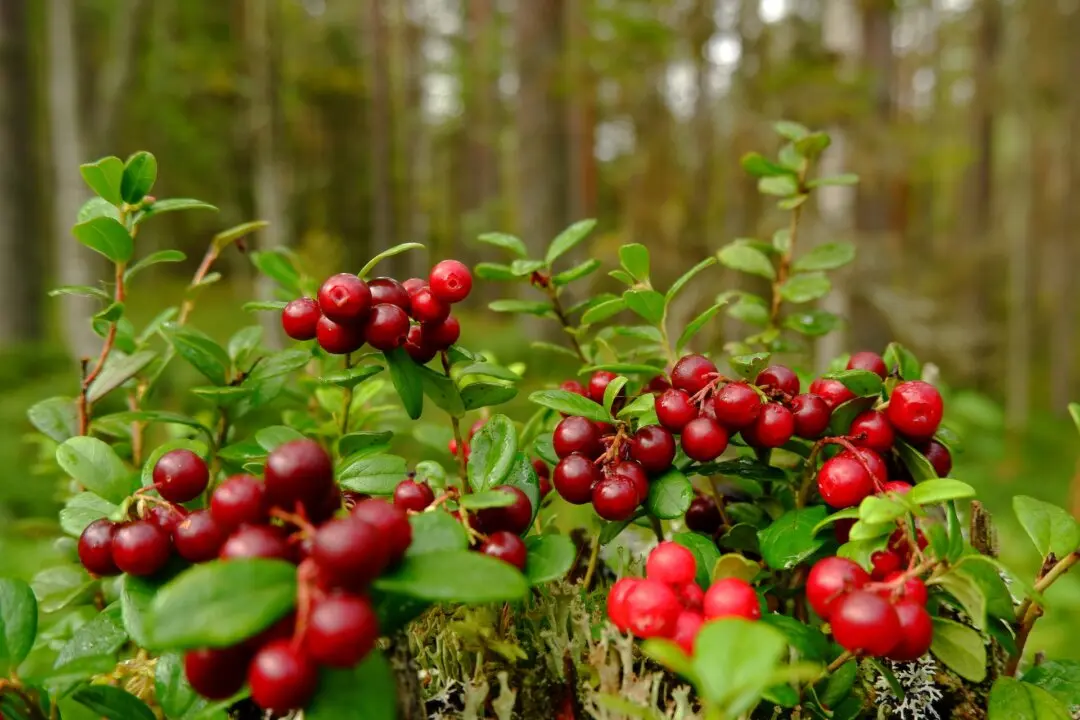Q: I saw tulip and daffodil bulbs for sale at the store. I remember my mom having tulips, but she also had problems growing them, as I recall. I would like to plant some, but I don’t want problems. Any tricks for growing them?
A: If you are in the northern half of the country, you should be able to grow them pretty easily. Farther south, you will have to work a bit harder.
True bulbs, such as daffodil, hyacinth, lily, tulip, and onion, are composed of modified leaves. Cutting a true bulb in half vertically will reveal an entire miniature plant. Next year’s photosynthetic leaves, roots, stems, and flowers are surrounded by the storage leaves, which store the food necessary for growth next year.





